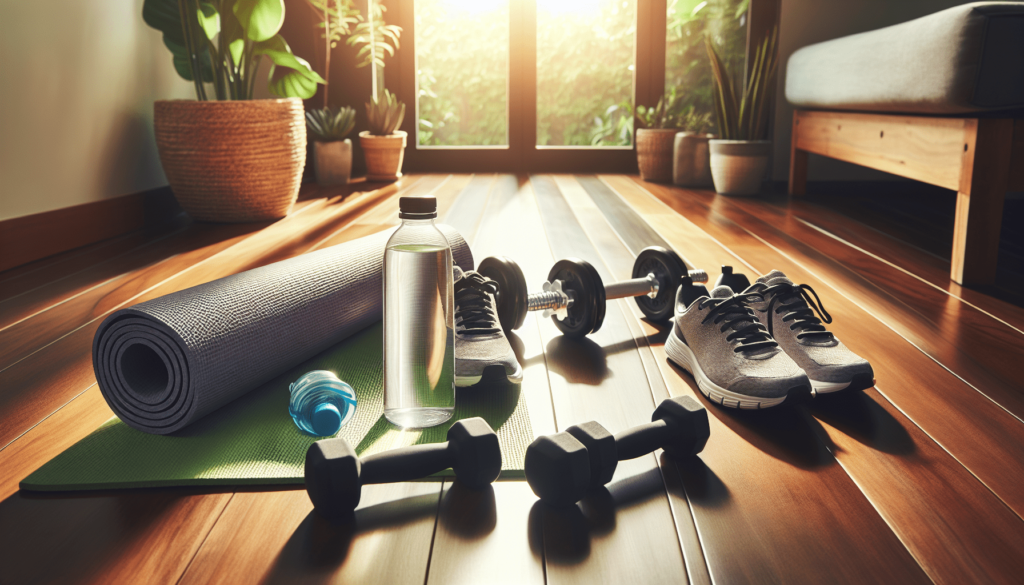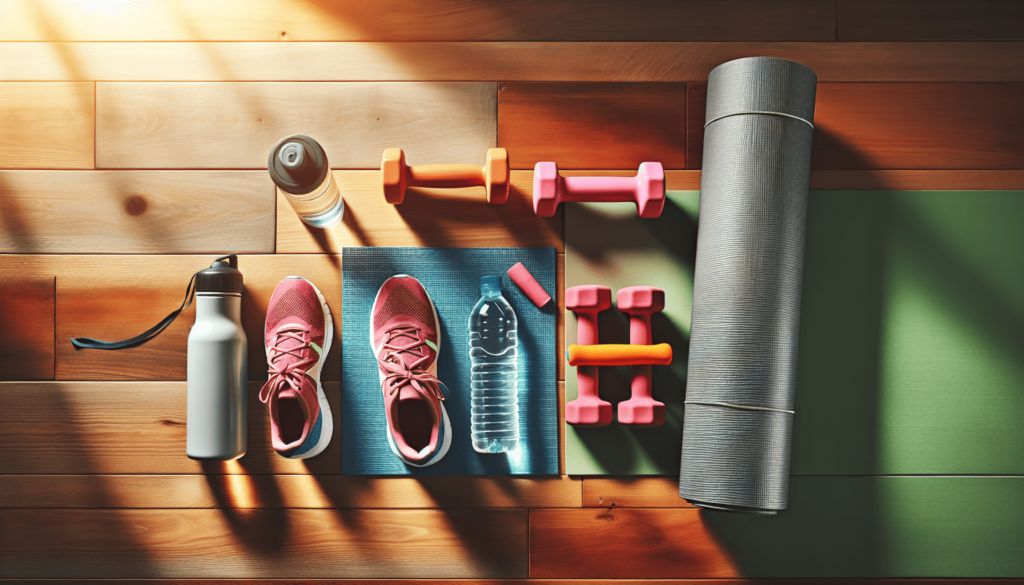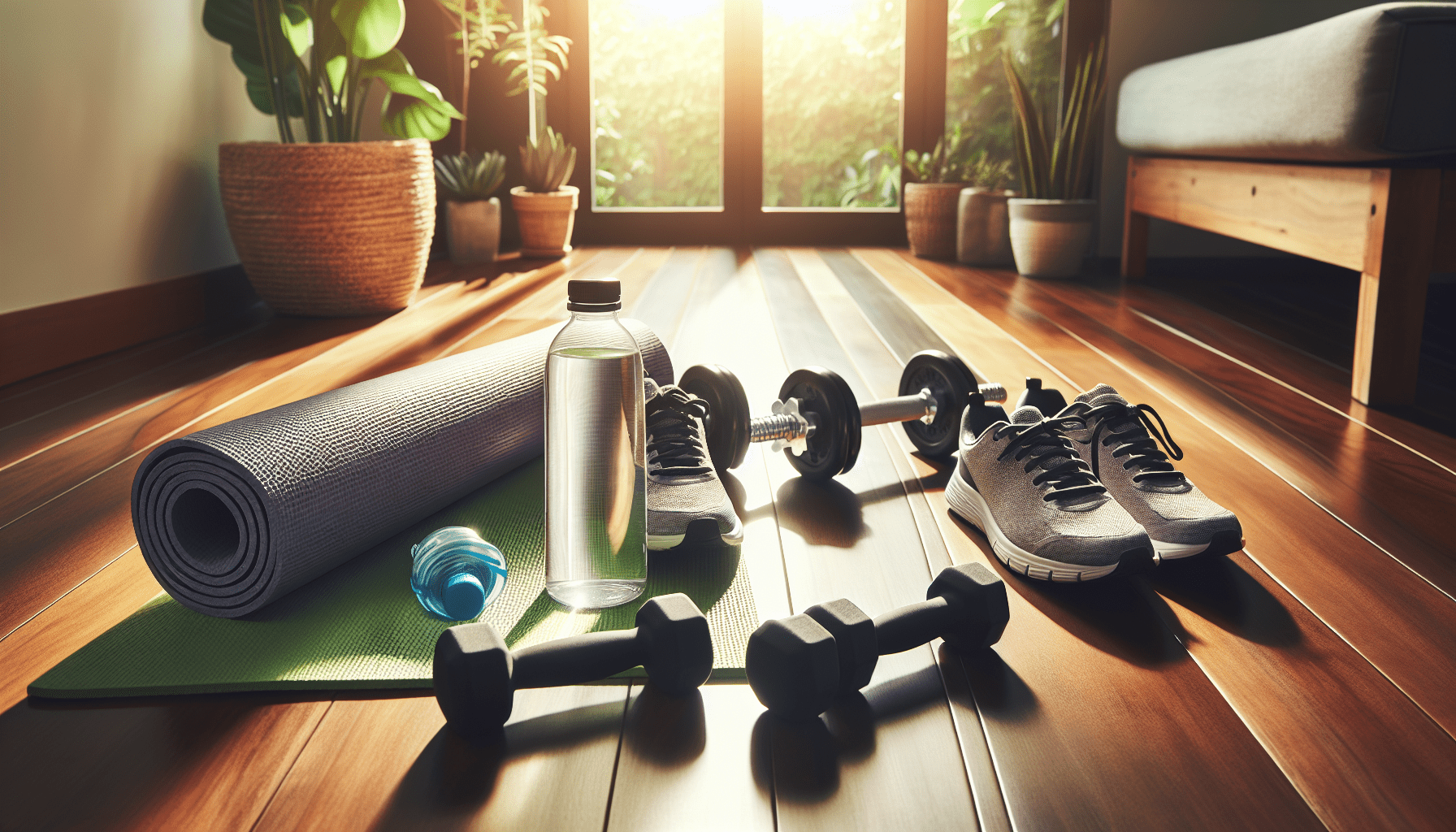Have you ever wondered how you can enhance your daily routine to help fend off diseases? Maintaining a healthy lifestyle is crucial, and incorporating certain exercises can be a game-changer. Exercises are not just for building muscles or losing weight; they play a significant role in disease prevention. Let’s explore some of the best exercises that can help keep you healthy and resilient.

Understanding the Importance of Exercise for Disease Prevention
Exercise is more than just a physical activity; it’s a holistic approach to life enhancement. Regular exercise can reduce the risk of chronic diseases, improve mental health, and boost your immune system.
Benefits of Regular Exercise
- Reduces the Risk of Chronic Diseases: Regular physical activity lowers the risk of cardiovascular diseases, diabetes, and certain cancers.
- Improves Mental Health: Exercise releases endorphins which can help combat stress, anxiety, and depression.
- Boosts Immune System: Keeping active enhances circulation and allows immune cells to circulate more freely throughout your body.
- Weight Management: Exercise helps in maintaining a healthy weight, which is key to preventing many diseases.
Best Disease Prevention Exercises
When it comes to preventing diseases, it’s all about consistency and balance. Let’s dive into some of the best exercises you can incorporate into your daily routine.
Cardiovascular Exercises
Cardiovascular, or aerobic exercises, are crucial for heart health. These workouts increase your heart rate and improve blood circulation.
Examples of Cardiovascular Exercises
| Exercise | Duration | Frequency |
|---|---|---|
| Walking | 30 minutes | Daily |
| Running | 20-30 minutes | 3-4 times/week |
| Cycling | 30-45 minutes | 3-4 times/week |
| Swimming | 30-45 minutes | 3 times/week |
| Jump Rope | 15-20 minutes | 3-4 times/week |
Walking is simple yet effective. It doesn’t require special equipment and can be done at any time. Running, cycling, swimming, and jumping rope are also excellent choices and can be adjusted to fit your fitness level.
Strength Training
Strength training is essential for maintaining muscle mass and bone density, which naturally decline with age. This type of exercise can help combat osteoporosis and maintain your metabolism.
Examples of Strength Training Exercises
| Exercise | Sets | Repetitions | Frequency |
|---|---|---|---|
| Squats | 3 | 12-15 | 2-3 times/week |
| Push-Ups | 3 | 10-12 | 2-3 times/week |
| Dumbbell Rows | 3 | 12-15 | 2-3 times/week |
| Planks | 3 | 30-60 seconds | 3-4 times/week |
| Deadlifts | 3 | 8-12 | 2 times/week |
Strength training doesn’t necessarily mean lifting heavy weights. Bodyweight exercises like squats, push-ups, and planks are highly effective and can be done anywhere.
Flexibility and Balance Exercises
Flexibility and balance exercises play a critical role in maintaining overall mobility and preventing falls, particularly as you age. These exercises help improve posture and reduce the incidence of injuries.
Examples of Flexibility and Balance Exercises
| Exercise | Duration/Set | Frequency |
|---|---|---|
| Yoga | 30-60 minutes | 2-3 times/week |
| Tai Chi | 30-60 minutes | 2-3 times/week |
| Stretching | 10-15 minutes | Daily |
| Balance Drills | 10-15 minutes | 3 times/week |
Yoga and Tai Chi are excellent for enhancing flexibility and balance. They also impart a sense of calm and mental clarity. Regular stretching routines help keep your muscles loose and your joints limber.
High-Intensity Interval Training (HIIT)
HIIT involves short bursts of intense exercise alternated with recovery periods. This kind of training is highly effective for improving cardiovascular health and burning calories in less time.
Example HIIT Routine
| Exercise | Duration | Intensity |
|---|---|---|
| Jumping Jacks | 1 minute | High |
| Rest | 30 seconds | Low |
| Burpees | 1 minute | High |
| Rest | 30 seconds | Low |
| High Knees | 1 minute | High |
| Rest | 30 seconds | Low |
| Mountain Climbers | 1 minute | High |
| Rest | 30 seconds | Low |
HIIT can be tailored to your fitness level. Start with shorter high-intensity periods and longer rest intervals, then gradually increase intensity as your endurance improves.
Tailoring Exercises to Fit Your Lifestyle
Consistency is crucial when incorporating exercises into your daily routine. But it’s just as important to choose activities you enjoy, making it more likely you’ll stick with them.
Tips for Staying Motivated
- Set Realistic Goals: Start with achievable targets and gradually increase the difficulty.
- Find a Workout Buddy: Exercising with a friend can make workouts more enjoyable and keep you motivated.
- Mix It Up: Variety prevents boredom and works different muscle groups.
- Track Your Progress: Monitoring your progress can provide a sense of accomplishment.
Combining Different Exercises
A balanced exercise routine should include a mix of cardiovascular, strength, flexibility, and balance exercises. This combination addresses various aspects of health and ensures comprehensive disease prevention.
Sample Weekly Exercise Plan
| Day | Activity |
|---|---|
| Monday | 30 minutes walking, 15 minutes stretching |
| Tuesday | Strength training (squats, push-ups, planks) |
| Wednesday | 30 minutes cycling, 15 minutes stretching |
| Thursday | HIIT routine |
| Friday | Strength training (dumbbell rows, deadlifts) |
| Saturday | Yoga or Tai Chi |
| Sunday | Rest or light activity (e.g., casual walk) |
The Role of Nutrition in Disease Prevention
Exercise goes hand in hand with nutrition. Eating a balanced diet enhances the benefits of your physical activities.
Key Nutritional Tips
- Eat a Variety of Foods: Ensure you’re getting a mix of proteins, carbohydrates, fats, vitamins, and minerals.
- Stay Hydrated: Drink plenty of water, especially during and after workouts.
- Limit Processed Foods: Opt for whole, unprocessed foods whenever possible.
- Portion Control: Be mindful of portion sizes to maintain a healthy weight.
Supplementing Your Diet
Sometimes, it can be challenging to get all the nutrients you need from food alone. Supplements can play a part, but it’s important to consult with a healthcare provider before starting any new supplement regimen.
| Supplement | Benefit |
|---|---|
| Vitamin D | Supports bone health and immune function |
| Omega-3 Fatty Acids | Reduces inflammation and supports heart health |
| Probiotics | Promotes a healthy gut microbiome |
| Multivitamins | Provides a broad spectrum of essential vitamins and minerals |

Listening to Your Body
While exercise is beneficial, overdoing it can lead to injuries. It’s essential to listen to your body and allow adequate recovery time.
Recognizing Signs of Overtraining
- Persistent Muscle Soreness: Lasting soreness can be a sign of overtraining.
- Fatigue and Irritability: Over-exercising can lead to physical and mental burnout.
- Decreased Performance: If your performance is declining despite consistent training, it may be time to rest.
Importance of Rest Days
Rest days are just as critical as exercise days. They allow your muscles to repair and grow stronger, preventing injuries and promoting long-term health.
Tips for Effective Recovery
- Get Enough Sleep: Aim for 7-9 hours of quality sleep per night.
- Stay Hydrated: Proper hydration supports muscle recovery.
- Consider Massage or Foam Rolling: These can help relieve muscle tension and improve circulation.
The Psychological Benefits of Exercise
Physical health is undeniably linked to mental well-being. Exercise can be a powerful tool in managing stress and improving overall mood.
Mental Health Benefits
- Stress Relief: Physical activity can reduce cortisol levels, a stress hormone.
- Improved Mood: Exercise stimulates the release of endorphins, natural mood lifters.
- Better Sleep: Regular physical activity can help regulate sleep patterns.
- Enhanced Cognitive Function: Exercise is linked to improved concentration and memory.
Incorporating Mindfulness in Exercise
Combining mindfulness with physical activity can amplify its benefits. Practices like yoga and tai chi inherently incorporate mindfulness, but you can also practice mindful breathing during any exercise.
Building a Sustainable Routine
Creating a sustainable exercise routine means finding a balance that fits your life. Sustainability is key to long-term success in disease prevention.
Customizing Your Routine
Everyone’s life is different, so it’s important to tailor your exercise routine to your unique circumstances.
- Assess Your Current Fitness Level: Start with exercises that match your current capabilities.
- Factor in Time Constraints: Find shorter workouts if time is limited.
- Consider Accessibility: Choose activities you can easily access, whether at home, the gym, or outdoors.
Overcoming Common Barriers
Life is full of obstacles, but that doesn’t mean you have to abandon your exercise routine.
Common Barriers and Solutions
| Barrier | Solution |
|---|---|
| Lack of Time | Fit in short bursts of activity throughout the day |
| Low Motivation | Find a workout buddy or join a class |
| Cost Concerns | Engage in free activities like walking or home exercises |
| Weather Conditions | Have indoor alternatives ready |
Conclusion
Incorporating disease prevention exercises into your daily routine is a crucial and rewarding investment in your health. By blending cardiovascular, strength, flexibility, and balance exercises, complemented with proper nutrition and mindfulness, you can build a resilient body and mind. Listen to your body, celebrate small victories, and remember that consistency is the cornerstone of a healthier, disease-free life. You have the power to make beneficial changes, one step at a time.
